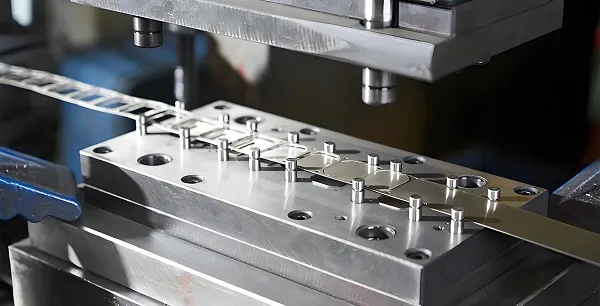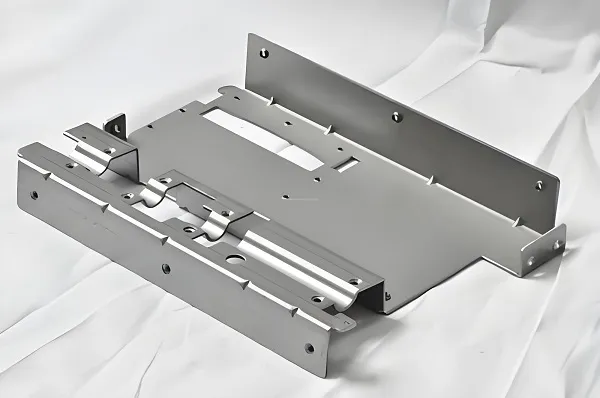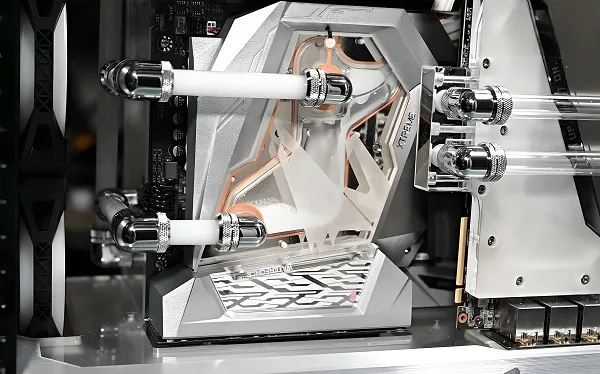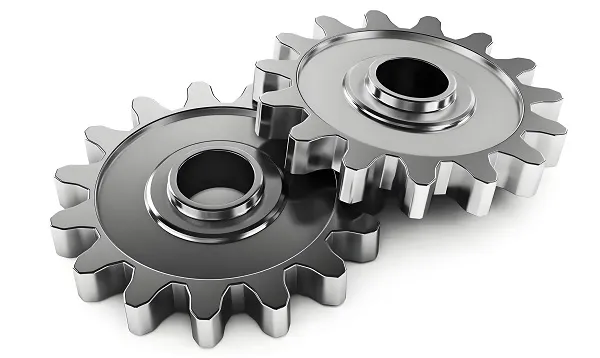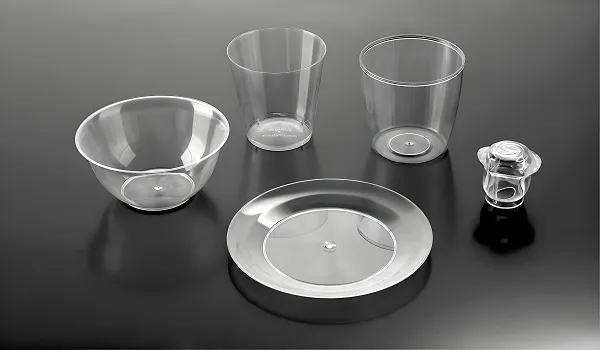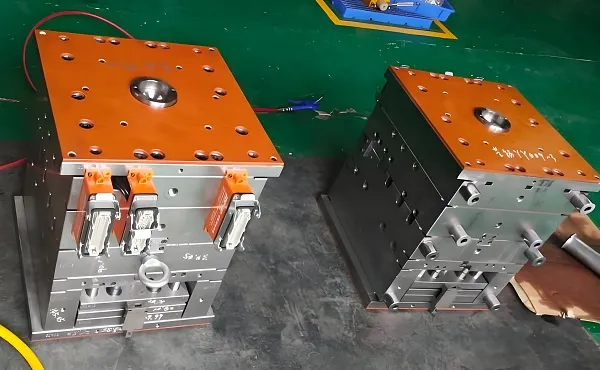Precision machined sheet metal parts are metal parts manufactured through high-precision machining technology. The following is a detailed description and explanation of their structure, characteristics, application scenarios and machining methods:
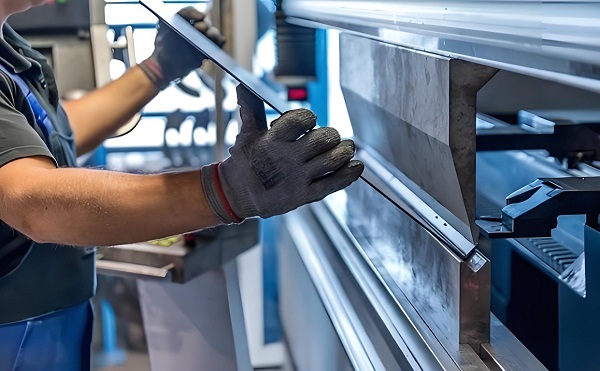
1. Structure
Precision machined sheet metal parts are usually made of metal sheets, which can be stainless steel, aluminum alloy, copper and other metal materials. These sheet metal parts have complex shapes and structures and may contain multiple process steps such as cutting, bending, welding, and so on. Their structural features include, but are not limited to:
Uniform or gradual changes in wall thickness, avoiding sudden changes in wall thickness to minimize cracks and other defects.
The intersections of adjacent surfaces are often made into rounded corners to improve the strength of the part and prevent cracking.
The shape is simplified with a straight profile and a reduced concave-convex structure on the inner wall to facilitate manufacturing and processing.
2. Features
High precision: The manufacturing tolerance of precision machined sheet metal parts is very small, which can meet the needs of high-precision equipment.
High-quality surface: After precision machining, the surface quality of sheet metal parts is high and the finish is good, which can improve the corrosion resistance and aesthetics of the products.
Complex shapes: According to the design requirements, precision machined sheet metal parts can be made into various complex shapes and structures.
Material diversity: different metal materials can be selected for processing according to the usage environment and performance requirements.
3.Application Scenarios
Precision machined sheet metal parts are widely used in many fields:
Electronic field: It is used to manufacture parts such as shells, brackets and connectors for electronic equipment.
Communication field: used to manufacture parts such as antennas, filters and chassis for communication equipment.
Medical field: to manufacture high-precision medical devices and surgical instruments.
Aviation and automotive field: used to manufacture parts and structural components for airplanes and automobiles.
4. Processing Methods
The manufacturing process of precision-machined sheet metal parts includes several links:
Design: Determine the shape, size and material of the metal parts according to the product function and usage environment.
Material selection: commonly used materials include stainless steel, aluminum alloy, copper, etc.
Cutting: Commonly used methods include laser cutting and mechanical cutting. Laser cutting has the advantages of high precision and high efficiency.
Bending: Use CNC bending machine or hydraulic bending machine to bend the metal sheet into the required shape.
Welding: Commonly used welding methods include arc welding, laser welding, etc. Welding parameters need to be controlled to ensure welding quality and strength.
Surface treatment: This includes cleaning, painting, plating, etc. to improve the corrosion resistance and aesthetics of the parts.
Technical details and data support:
The accuracy of laser cutting can reach the micron level, which is ideal for precision processing.
CNC bending machine can realize high-precision bending operation to ensure the stability and precision of sheet metal parts.
The welding process can ensure welding quality and strength by controlling parameters such as welding current, voltage and welding speed.
In summary, with its high precision, high quality and wide range of application scenarios, precision machined sheet metal parts occupy an important position in the modern manufacturing industry. With the continuous progress of technology, the manufacture of precision machined sheet metal parts will be more intelligent, automated and efficient.

